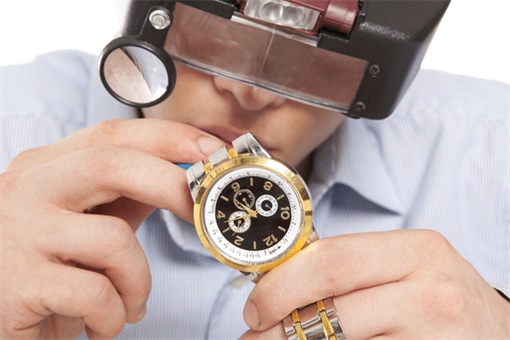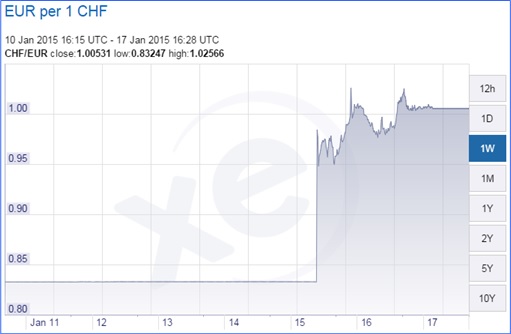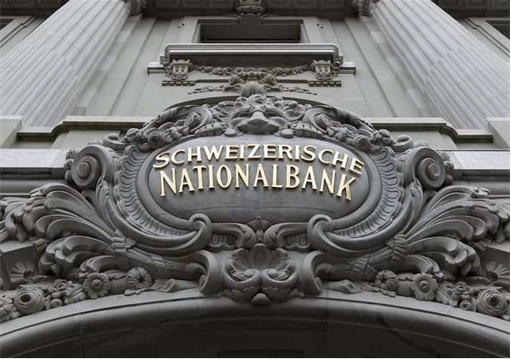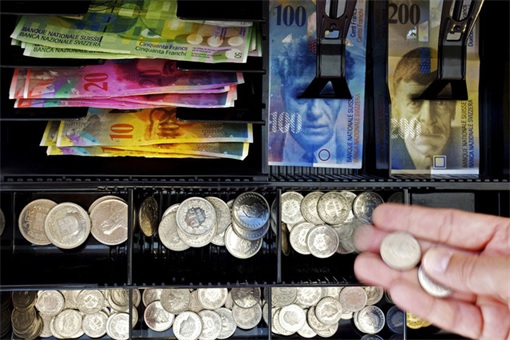Swiss-made watches have become more expensive over night. Swatch watch group which sells brands such as Omega, Tissot, Longiness and Calvin Klein was trembling at the sudden change of event. So did Richemont, which owns Cartier, Chloé and Montblanc. Shares of Swatch Group tumbled 15% while Richemont was down 14%. If you happen to collect Rolexes, your fortune suddenly jump.
Beside Swiss-made watches, chocolate and ski resorts have also become luxury items. In a nutshell, anything related to Switzerland increases in price. Insiders who bet on Swiss currency were laughing all the way to the bank. So, what had actually happened last week that causes such an uproar all over Europe specifically? In case you live in a cave with no internet access, Swiss National Bank (SNB) has done something extraordinary.
You see, prior to last Thursday, Swiss franc was pegged at 1.20 per euro. On Thursday, SNB dropped a bombshell – the central bank scrapped its 3-year-old peg of 1.20 Swiss franc per euro. Almost instantly after the announcement, Swiss franc skyrocketed by 30% against euro, and by 25% against the dollar. It was certainly a nightmare and chaos for foreign exchange brokers, when clients who couldn’t cover their losses passed it to them.
Obviously, such drastic movements are disastrous since any movement above 2% in the foreign exchange markets is considered extraordinary and abnormal. The Swiss franc’s appreciation was so dramatic that it wiped out a staggering 9% off the value of the Swiss stock market – its biggest one-day fall in more than 25 years. One has to remember that Swiss stock market is one of the most stable around.
Small foreign currency traders who happened to be on the wrong side of a trade could find their trading accounts completely wiped out, simply because they couldn’t liquidate fast enough to preserve their capital. World’s third largest foreign exchange broker FXCM, required a bailout from Leucadia National to the tune of US$300 million cash, after its shares plunged more than 70% in afterhours trading Friday. FXCM claims its clients owed it US$225 million.
But why on earth was the Swiss franc pegged at 1.20 per euro in the first place? Ahh, this was an old grandma story during the eurozone debt crisis back in 2010s. As Europe plunged into financial crisis, investors moved tons of money to currency haven Switzerland. As a result, Swiss franc rised spectacularly, over 40% in a year, and posed serious problems for Swiss exporters, who were selling 56% of their goods to the EU.
Hence, the peg was introduced in September 2011, artificially making Swiss-made products competitively priced. And so the Swiss National Bank had their fun game – busy printing money, and openly declared they were doing it. Guess what, nobody dared to bet against somebody with money printing machines. Soon, the Swiss franc was at 1.20 per euro and everyone was happy with the temporary fix.
But Europe’s economy is getting worse since 2012, not that it had ever recovered from its earlier depression in the first place. Again, the money printers were started as more and more money poured into Switzerland. It bought so much euro-denominated assets that the SNB ended with assets worth 80% of the country’s GDP. And the Russia economic meltdown means even more hot money from the rich Russians buying Swiss franc.
There was a “huge flow” of Swiss francs – around US$34.2 billion – into Switzerland during last December alone, according to the SNB. This is around 10 times the monthly average. However, here’s the major reason why Swiss has no other choice but to pull the peg-plug. It believes European Central Bank would most likely starts its QE (quantitative easing) program soon, whereby a massive bond-buying would devalue the euro further.
It was like the Swiss had agreed to “You Jump, I Jump” with EU 3-years ago when it decided to peg its currency. Now that EU plans to go down to the bottom of the ocean in the name of QE, naturally Switzerland has to quit this silly game. After all, why keep buying 19-country eurozone assets which could eventually be valueless? Might as well buy Russian’s Ruble toilet paper. And we’re talking about an euro stimulus package worth as much as US$1 trillion euros.
In an effort to contain the franc’s future appreciation and limit any damage to the Swiss economy, the central bank also lowered a key interest rate – from minus 0.25% to minus 0.75%. Swiss National Bank hopes this measure would dissuades banks from parking their cash at the national bank, opting instead to invest in the Swiss economy. Will it work? The Swiss National Bank is not sure themselves.
Other Articles That May Interest You …
- Leaked!! – The Ultra Rich And Powerful Chinese Who Stash Money Offshore
- Restaurant Manager With Balls Of Steel, Sues Japan’s Yakuza Godfather
- Great Minds Think Alike – Both Obama & Najib Are Great Debt Accumulators
- BOOM!! RON95 & RON97 Cheaper By 35 Sen – Here’s Why You Shouldn’t Be Happy
- Cheaper Ruble Means Cheaper Caviar, Vodka, Fur? Nyet, Nyet, Nyet
- Are Your Country’s Taxes Crazier Than Denmark? Find Out Here
- That’s Gorgeous Fjords – Norway Unveils The World’s Coolest Passport
- Foreign Exchange Scandal – 5 Big Banks Fined A Paltry US$3.3 billion

|
|
January 18th, 2015 by financetwitter
|


|

|

|

|

|

|

































Comments
Add your comment now.
Leave a Reply